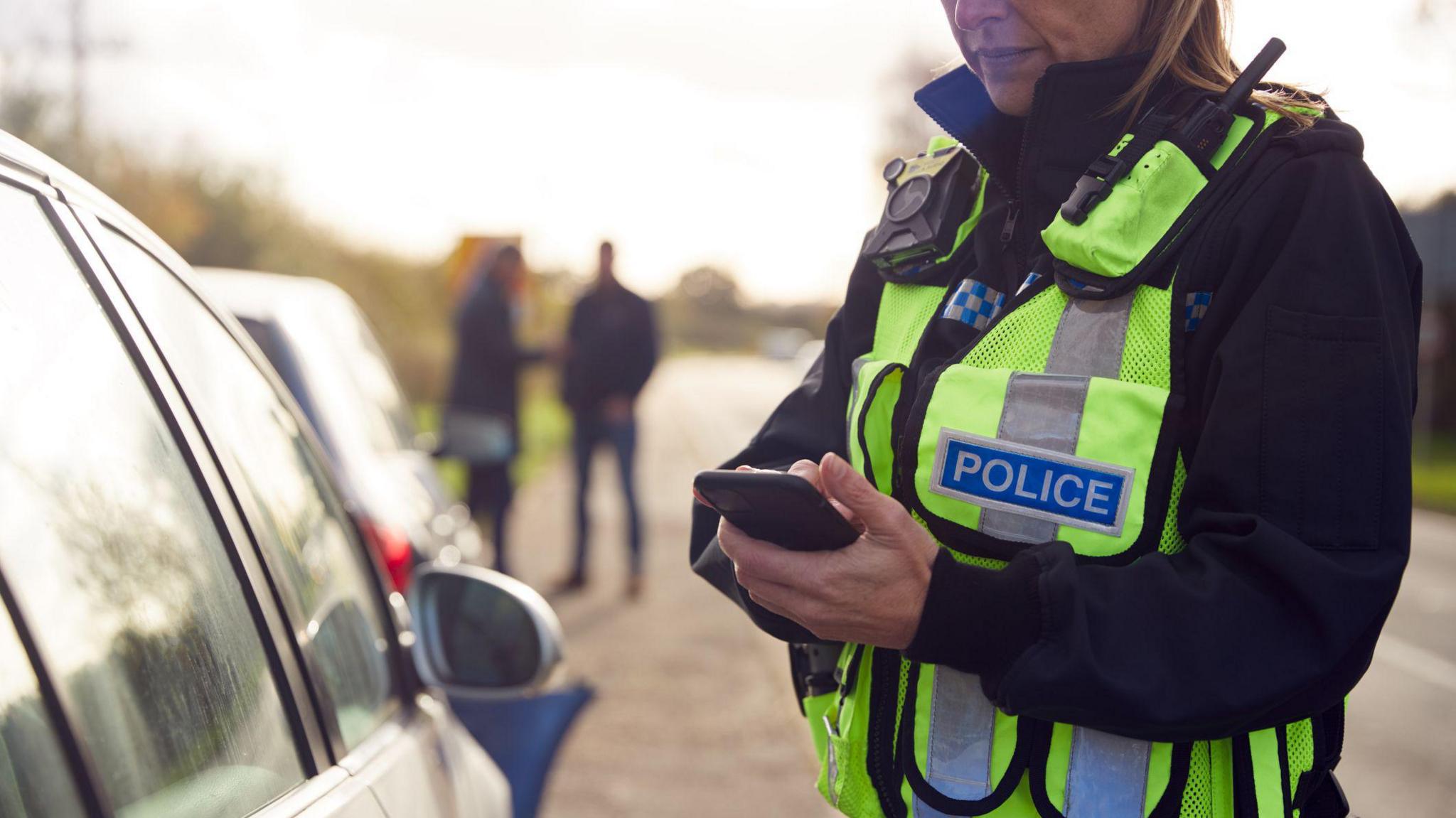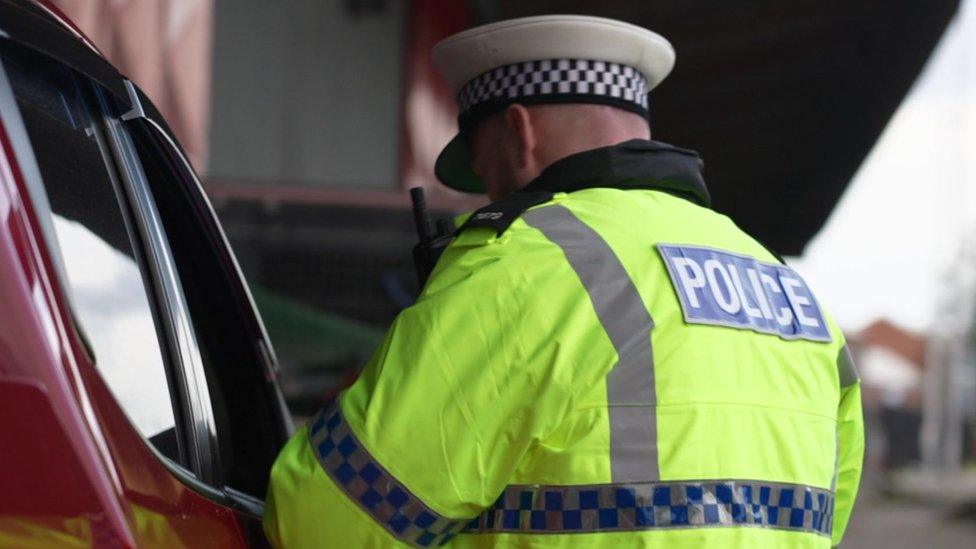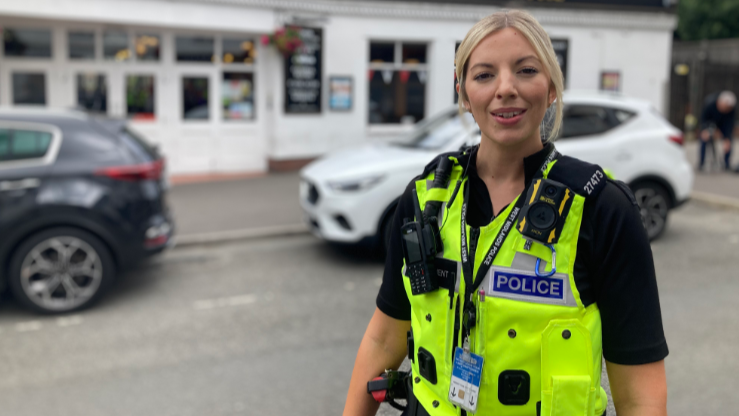Drink-driving deaths at highest for 13 years

- Published
The number of fatalities in drink-drive collisions has reached its highest level for more than a decade, newly released figures show.
The official estimate, external released by the Department for Transport (DfT) says that in 2022, there were 300 deaths in Great Britain where at least one driver was over the limit.
That is the highest since 2009, when there were 380 deaths. Since then, yearly estimates have not exceeded 260 and reached a low of 200 in 2015.
However, fatalities are significantly down on historical highs and the number of drink-driving casualties of all severities has "steadily decreased" over the past decade.
Drink-drive fatalities made up 18% of all road deaths in 2022, according to the new statistics.
Road safety charity IAM RoadSmart called the data, released on Thursday, "deeply concerning".
Its policy and public affairs manager, William Porter, said it "worryingly shows a dangerous upward trend for the second year running.”
The charity suggested more resources should be made available for police to carry out random roadside breathalyser testing, and more rehabilitation courses. The National Police Chiefs' Council's lead for roads policing, chief constable Jo Shiner, called for stronger, more effective legislation "which enables policing and other agencies to... (revoke) the licence of those who offend more quickly.”
IAM RoadSmart added that "the UK Government should give serious consideration to reviewing and reducing the drink-drive limit in England and Wales."
AA president Edmund King added that it was a "tragedy that drink-drive fatalities are still so high" and said road deaths "should be decreasing".
He called for more police "in cars to act as a visual deterrent and more campaigns to show the utter carnage caused by drivers' actions".
While deaths related to drink-driving were at their highest level in more than a decade - the statistics painted a different picture when injuries were included.
Across both these categories, 2022 saw 6,800 people either killed or injured when at least one driver was over the drink-drive limit.
Although this is up 1% on the previous year, it is the third lowest figure recorded since 1979.
The 1967 Road Safety Act made it an offence to drive a vehicle with a blood alcohol concentration of more than 80mg of alcohol per 100ml of blood - a limit which remains in place today in England, Wales and Northern Ireland. It is 50mg in Scotland.
The RAC acknowledged that the number of deaths are now far lower than the final decades of the 20th century - and in many other countries.
But its road safety spokesperson Rod Dennis called for the government to work with experts to implement a clear action plan. He added that drivers need to be prevented from being able to drink-drive.
He said it was also important that drivers know they were at serious risk of getting caught if they did drink-drive.
"Data suggests a significant number of drink-drive offences are committed by reoffenders, so there’s a good case for fitting alcolocks which stop someone over the limit from starting a car", he said.
Mr Dennis continued: "It’s abundantly clear that a hard core of people, especially men, continue to put the lives of all road users at risk by choosing to get behind the wheel after consuming too much alcohol."
A DfT spokesperson called drink-driving "selfish and dangerous" and pointed to strict enforcement and tough penalties for those who "chose to put lives risk".
They added that the government will deliver an updated Strategic Framework for Road Safety – the first in over a decade – to reduce deaths and injuries on the roads.
The department said its longstanding THINK! Campaign was encouraging behaviour change.
Get in touch
Have you been affected by issues covered in this story? Get in touch.
Related topics
- Published22 February 2024

- Published10 July 2024

- Published24 July 2024
